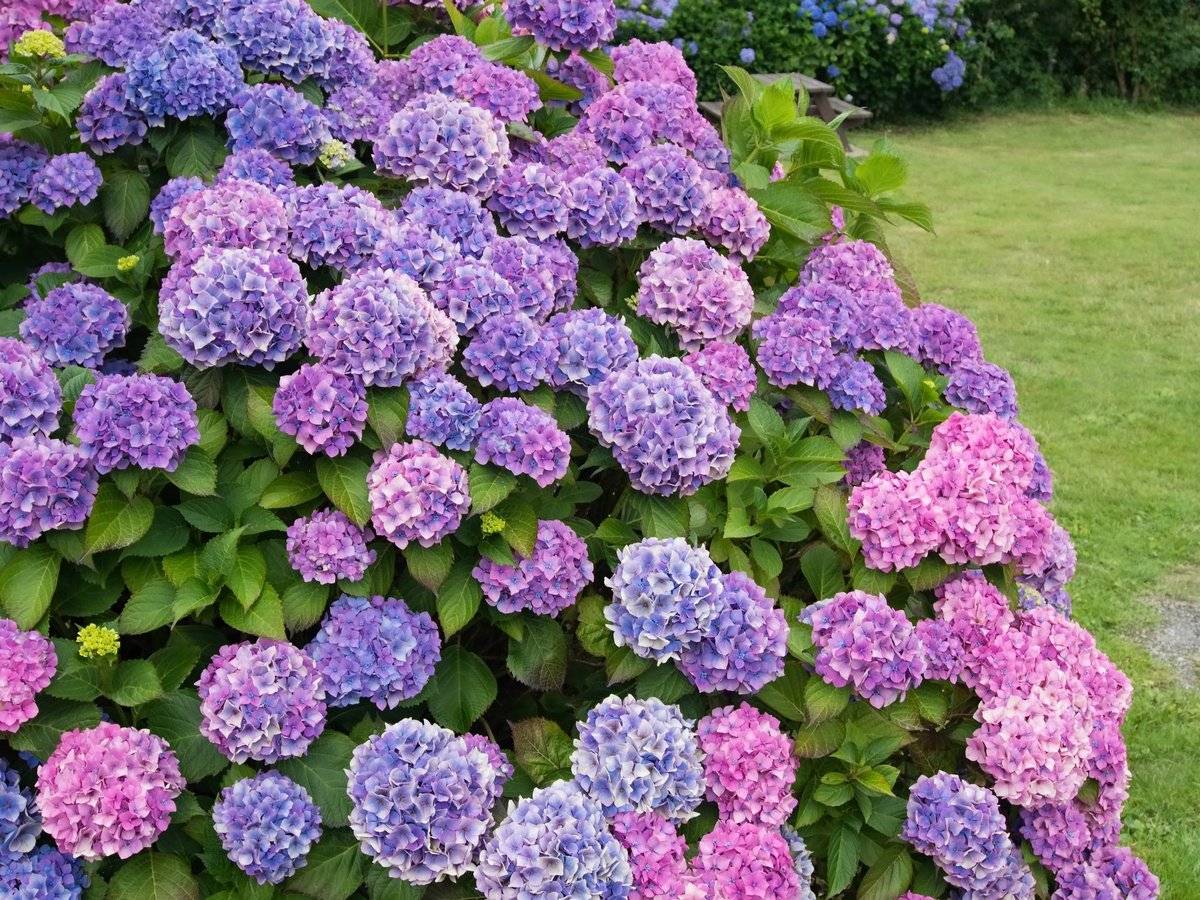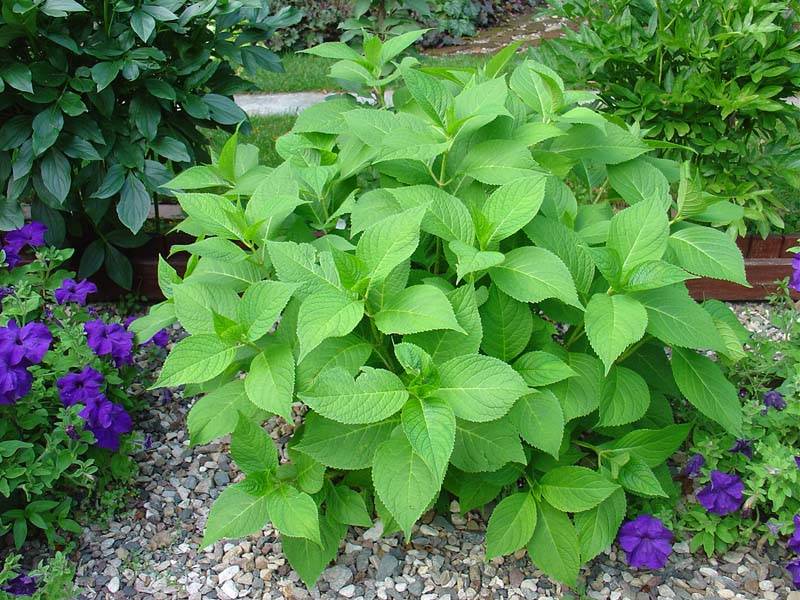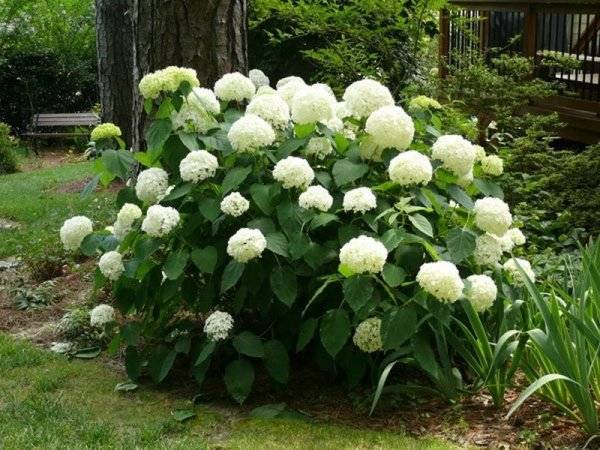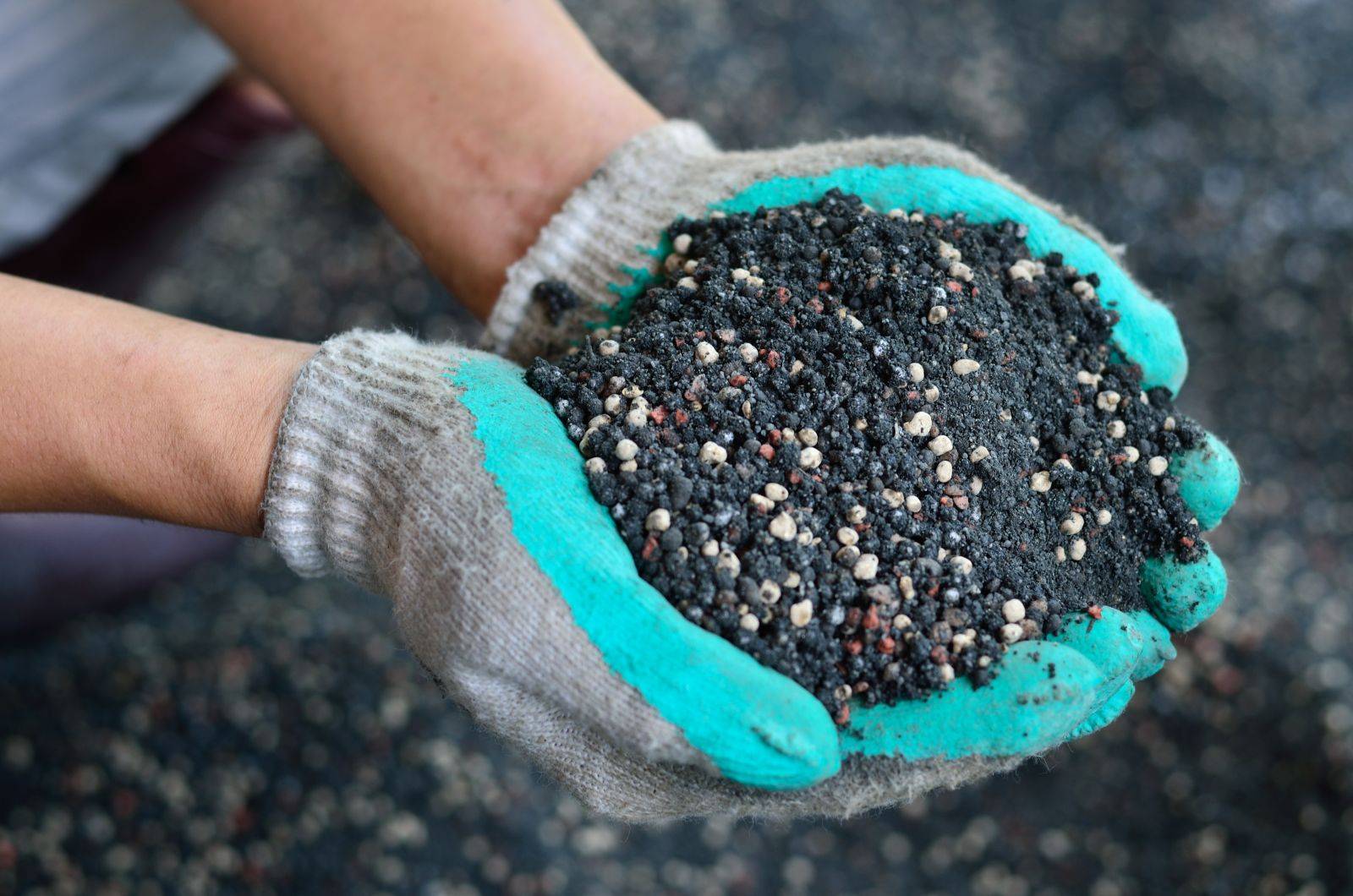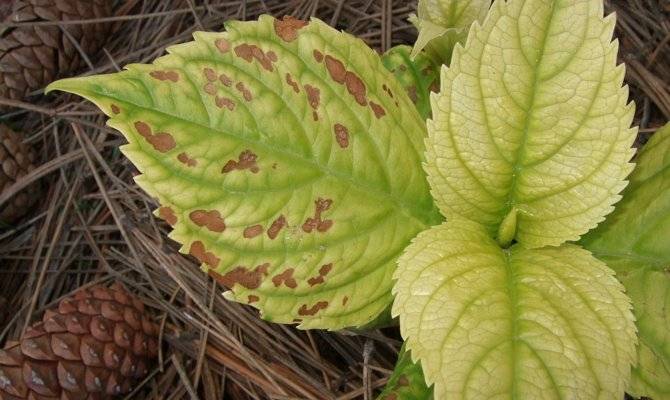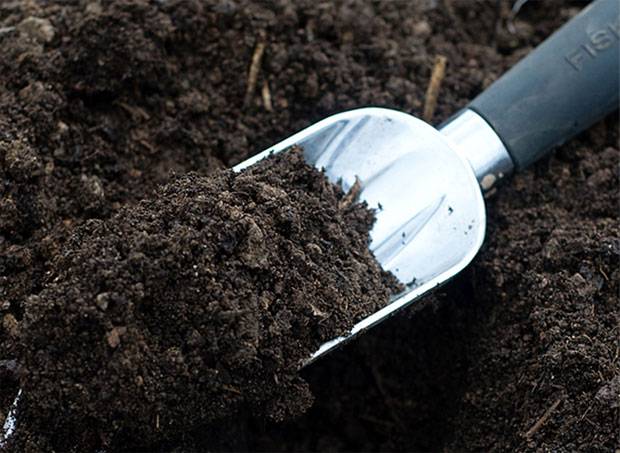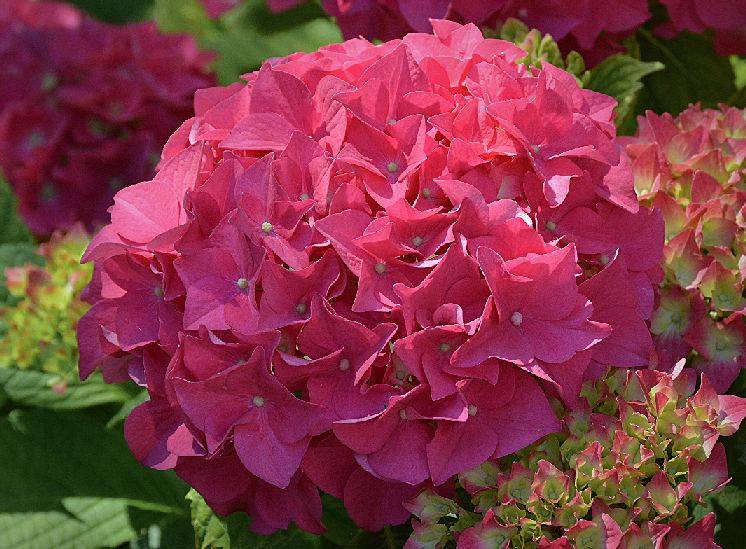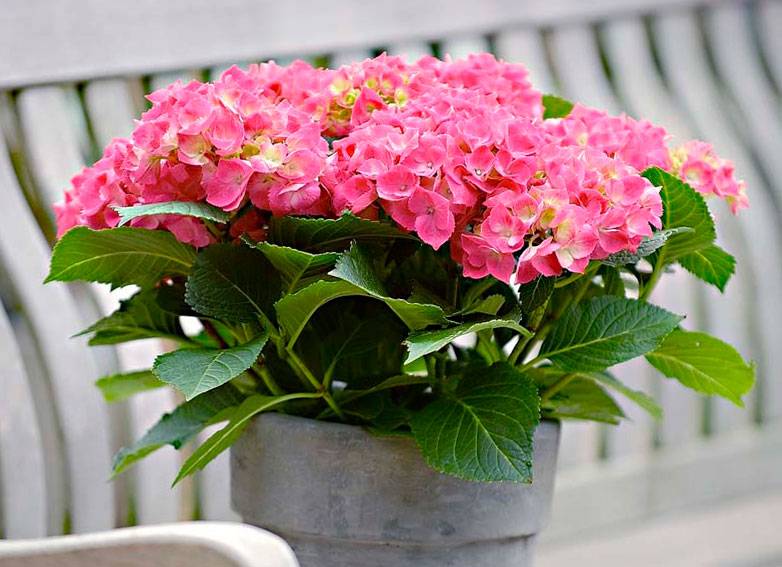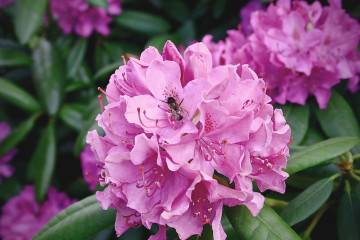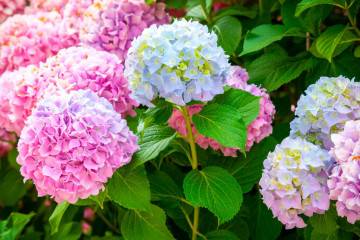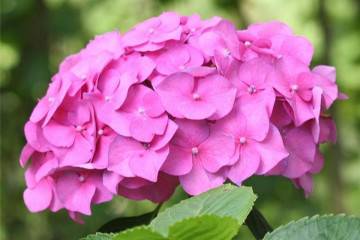Why hydrangea does not bloom - what to do if a garden flower gives only foliage
Content:
Hydrangea is a beautiful plant that is characterized by a lush and abundant flowering. At the same time, she requires compliance with certain rules in care. It can be grown in the garden or at home. If you take care of the culture incorrectly, there is a risk of losing its decorative effect. Novice growers are often interested in why hydrangea does not bloom.
When and how hydrangea should bloom
The garden shrub is often used in landscaping, because many gardeners are trying to achieve continuous flowering. The right variety will help to decorate the garden with flowers.
Flowering of early species begins in the first half of summer and lasts until September. In temperate climates, the culture can develop until frost. However, there are some exceptions:
- The varieties Pinky Winky, Hydrangea macrophylla Hornly bloom from August to September.
- Phantom blooms from June to October.
- Flowering of Messalina and Green Racer crops continues in June-July.
On average, hydrangea blooms from July to October. If you think in advance about the location of the bushes in the flower bed and combine different varieties, you can achieve bright flowering throughout the season.
Hydrangea can also be planted in a pot. In indoor conditions, stunted crops are usually grown.
Tea leaves or coffee grounds are used as home oxidizers. You can also use citric acid.
It should be borne in mind that the flowering of purchased seedlings begins later. Such plants need adaptation for outdoor cultivation.
Why garden hydrangea does not bloom, but only leaves grow
Hydrangea is grown for its delicate and attractive flowers. Therefore, their absence can upset and puzzle any gardener. The question of why hydrangea does not bloom, but gives only foliage, is not so simple. There can be several reasons for this problem.
Frozen kidneys
A plant is only able to withstand frost normally if there is enough snow. If a winter with little snow is observed, the bush needs to be covered. Otherwise, the buds of the plant will freeze, and the bush will not be able to bloom. The procedure should be carried out at the end of September, without waiting for severe frosts.
To do this, the branches of the hydrangea must be bent to the ground and fixed with special devices. Too strong shoots are not recommended to be forcibly pressed to the surface of the soil, as they may break. It is best to put a brick under the branch. You can also use another support.
After the hydrangea has been fixed, it can be covered. For this, it is recommended to use a greenhouse film or agrofibre. Any insulation material should be folded in 2 layers. Ordinary hydrangea wrap will not work as it does not provide sufficient ventilation. Sprinkle the insulation on top with peat. The thickness of this layer should be 15 cm.
Irrigation irregularities
The culture is considered to be very moisture-loving. She needs watering before flowering and after shedding the leaves. In summer, the soil should be moistened at least twice a week.
It is recommended to use rainwater for irrigation. If this is not possible, you can take ordinary water and defend it for at least 5 days. Hydrangeas require lime-free water. For 1 bush, you should take up to 2 buckets of liquid.
Incorrect landing site
In order for the flower to grow and develop normally, you need to choose the right place for planting. In order for the hydrangea to delight with beautiful inflorescences, it is necessary to plant it in a small partial shade. Also diffused sunlight is suitable for the bush. With a lack of lighting, the culture will not bloom and may even die.
In this case, the specific need for lighting depends on the type of hydrangea. Not all varieties can tolerate direct sunlight. At the same time, there are varieties that need full illumination. However, these crops require more frequent and good watering.
Excess or lack of nutrients
Poor flowering can be caused by improper fertilization. With an excess of nitrogenous means, the green mass of the bush can actively grow. To make the hydrangea bloom magnificently, it needs to be fed with preparations containing potassium and phosphorus.
It should be borne in mind that the flower needs nitrogen input. However, it is recommended to deposit funds containing this element before the start of the movement of juices. The second feeding is carried out during the summer. During this period, it is necessary to feed the flower with potassium and phosphorus.
To make the hydrangea easier to withstand the drop in temperature, a third feeding is carried out in the fall. For this, phosphorus preparations should be given to the bush. Such funds help to achieve the formation of the kidneys.
Incorrect pruning of shrubs
It is strictly forbidden to cut off all the shoots of the culture, since the buds are considered the key to beautiful flowering. Their formation begins in the autumn season. It is important that the buds can overwinter, and in the spring they wake up and release the inflorescences.
It should also be borne in mind that the buds, which are subsequently responsible for the appearance of flowers on the bushes, appear on the tops of the shoots. Therefore, it is not recommended to shorten them. Otherwise, the hydrangea will not bloom.
Damage by diseases or pests
The culture practically does not suffer from pathologies. The lack of smell does not attract bees. The parasites hardly affect the bushes. Most often, hydrangea undergoes the development of chlorosis. In this case, the leaves lose their rich color, becoming paler. They become stained and crumble quickly. Flowers become small or completely absent.
To cope with the problem, it is worth treating the bushes with a solution of ferrous sulfate. In this case, it is necessary to spray even those fragments on which the symptoms of the disease are still absent.To get rid of fungi, it is worth using copper sulfate or Bordeaux liquid.
From harmful insects, hydrangea can suffer from aphids, slugs and spider mites. At the same time, strong bushes are usually not attacked by insects. Most often, the problem occurs in young petioled bushes. Crops that have weakened after illness can also be affected.
Planting an already blooming hydrangea seedling
The flower hardly accepts the transplant. The adaptation period can last throughout the season. In such a situation, the existing inflorescences will fall off, and the next ones will not form.
Flowering disorders are associated with the following factors:
- excess or deficiency of fertilizer at the stage of planting a crop;
- moving a flower from acidic soil to alkaline or slightly acidic;
- transplanting a flower with a lump of soil.
In order for a plant to fully grow and develop well, it needs to provide an ideal microclimate. It is important to prepare a well in advance for planting and create shade.
Weak root system
Young plants need a certain amount of time to develop a powerful root system. Therefore, it is important to be patient when growing a plant. To speed up root formation, the bushes need to provide optimal conditions.
The reasons for the lack of flowering in some varieties of hydrangea
There are quite a few types and varieties of hydrangeas. They differ in appearance and have certain care features.
Paniculata
This type of hydrangea is resistant to low temperatures. In the absence of severe frosts, the bushes can not be covered for the winter. If panicle hydrangea does not bloom, what to do in such a situation? First of all, you need to establish the provoking factor.
Flowering problems can be caused by improper soil composition. All types of hydrangeas do not thrive in sandy soil. When growing a crop in clay soil, there is a risk of moisture gain, which leads to its stagnation. In such a situation, a drainage layer must be used.
Large-leaved
The lack of flowers on large-leaved hydrangea varieties is associated with freezing of the buds. In this case, it is necessary to deal with the insulation of the bushes for the winter. You need to prune broadleaf varieties systematically. However, this must be done as carefully as possible.
In this case, you need to cut the branches of large-leaved varieties at a slight angle. It is forbidden to remove the shoots that are formed on the processes of the last year - it is on them that the buds appear.
Tree-like
This group of flowers is characterized by low resistance to frost. She needs careful shelter. Sometimes the inflorescences lose their color. This indicates insufficient nutrition of the culture.
It is recommended to apply fertilizers when the first green leaves appear. This should be done throughout the season. The lack of flowers on a tree hydrangea may be due to a lack of moisture.
Pink
Pink varieties of hydrangea are very popular among flower growers. They are tree-like or paniculate.
The absence of inflorescences can be due to various factors - it all depends on the type of shrub. If the flowers of the culture become blue or white, this indicates a change in the acidity of the soil.
Why indoor hydrangea does not bloom
Indoor types of hydrangea are unpretentious. Moreover, they bloom quite brightly and magnificently. The lack of flowers can be due to the following factors:
- Change of location - after purchase, the flower undergoes changes in temperature, humidity, lighting, which causes stress and shedding of buds.
- Neglecting transplanting - purchased seedlings are usually not grown in full-fledged soil with the right amount of nutrients.
- Staying in the same pot for more than 2 years - as the roots grow, there is a violation of the assimilation of water and useful elements.
- Excess nitrogen - it is recommended to feed the flower with special formulations for hydrangeas.
How to make a shrub bloom
In order for the plant to develop normally and bloom magnificently, several important features must be taken into account when caring for it.
Proper preparation for winter
In the fall, the plant must be properly prepared for winter. If during the growing season it was not possible to wait for flowering, the hydrangea should be insulated. To do this, the bed must be loosened and covered with a mulch layer.
For crops that are resistant to frost, it is worth making special shelters from the branches. In Siberia and the Urals, the bushes need to be covered with waterproof material.
Timely pruning
Pruning hydrangeas is recommended in spring and autumn. This should be done with a sharp instrument. Before carrying out the procedure, the pruner should be disinfected.
Selection of suitable dressings and fertilizers
Hydrangea needs to be fertilized throughout the growing season. You can make your own nutrients or buy them ready-made. In early spring, it is worth adding mixtures that have a prolonged effect.
Change in soil acidity
The culture can hardly tolerate the change in soil acidity. In this case, the color of the inflorescence can change, flowering is disturbed, the bushes weaken. Experienced flower growers use special devices that help measure the parameters of soil acidity.
Controlling diseases or pests that interfere with flowering
Hydrangea is considered a fairly stable crop. Moreover, it should be treated with special means for preventive purposes. To do this, you can use Bordeaux liquid or copper sulfate.
The lack of hydrangea flowering can be associated with a violation of the care rule, the development of diseases or pest attacks. To avoid the loss of decorativeness of the shrub, it must be properly prepared for planting and provide the plant with adequate care.
